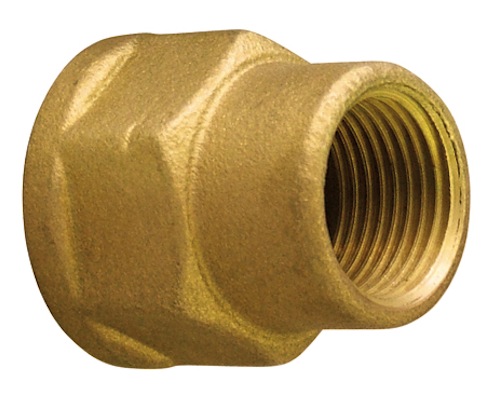The importance of lead in hydraulic fittings
Lead is an element that enhances the workability in cold conditions of hydraulic fittings and therefore it should be added in small quantities.

During the machining of a mechanical component it is worth considering the final process that is involved in achieving the finished product. In order to obtain the final shape of the hydraulic fitting, the chip removal process is carried out on turning and/or milling machines. It is important to calibrate the machine correctly so that the CNC system performs all operations correctly.
In order to improve removal of the shavings from the work area where the hydraulic fittings are installed, it is possible to add, before the solidifying process, a percentage of lead (between 2-4%). The lead spreads itself along the metal grain boundaries which facilitates chip breakage and subsequent removal from the metal fittings.
The addition of a small quantity of lead in the hydraulic connections, also leads to cost savings in terms of tool head consumption, as the material of the hydraulic fittings is softer and easily machined. This not only achieves reasonable savings on the price of the brass, but also the addition of an alloy element such as lead can indirectly contribute to a reduction in costs for machining the hydraulic connections.
It is important not to exceed set percentages to avoid the risk of the brass becoming too soft.
In order to improve removal of the shavings from the work area where the hydraulic fittings are installed, it is possible to add, before the solidifying process, a percentage of lead (between 2-4%). The lead spreads itself along the metal grain boundaries which facilitates chip breakage and subsequent removal from the metal fittings.
The addition of a small quantity of lead in the hydraulic connections, also leads to cost savings in terms of tool head consumption, as the material of the hydraulic fittings is softer and easily machined. This not only achieves reasonable savings on the price of the brass, but also the addition of an alloy element such as lead can indirectly contribute to a reduction in costs for machining the hydraulic connections.
It is important not to exceed set percentages to avoid the risk of the brass becoming too soft.
07/05/2014
I contenuti di questo sito non hanno carattere di periodicità e non rappresentano 'prodotto editoriale'.








